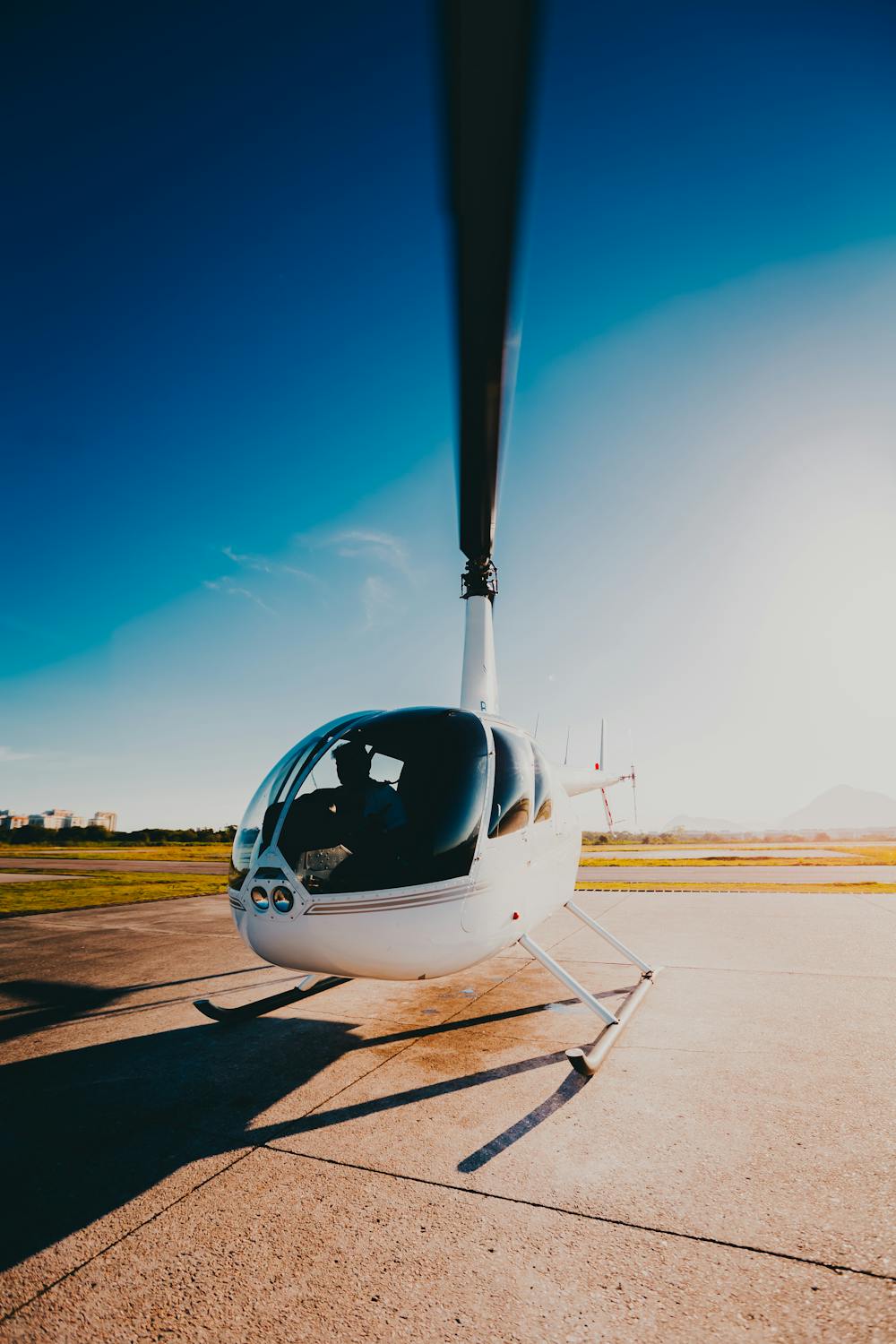The Future of Urban Mobility: Transformative Potential of Air Taxis in Metropolitan Cities

In the fast-paced evolution of urban life, the demand for efficient and sustainable modes of transportation has never been more pronounced. As metropolitan cities grapple with issues like traffic congestion, environmental concerns, and the need for quicker commutes, the concept of air taxis has emerged as a promising solution. This article explores the transformative potential of air taxis and how they could revolutionize urban mobility.
The Current Urban Transportation Landscape:
Metropolitan cities worldwide are facing a transportation crisis marked by gridlock traffic, extended commute times, and a strain on existing infrastructure. Traditional modes of transportation, such as cars and public transit, are struggling to keep up with the demands of ever-growing urban populations. The consequences are not only felt in terms of time wasted in traffic but also in increased pollution levels and environmental degradation.
Enter Air Taxis:
Air taxis, often referred to as urban air mobility (UAM), represent a futuristic solution to the challenges of urban transportation. These compact electric vertical takeoff and landing (eVTOL) aircraft promise to soar above the traffic, providing a quicker and more direct route from point A to point B. With advancements in electric propulsion technology, these vehicles aim to be not only efficient but also environmentally friendly.
Reducing Traffic Congestion:
One of the primary benefits of air taxis is their potential to alleviate traffic congestion. By taking to the skies, these vehicles bypass ground-level traffic, reducing the strain on road networks and minimizing the time commuters spend stuck in jams. Accoridng to Rob Wiesenthal, CEO of BLADE Air Mobility, eVTOLS not only saves time but also contributes to a more seamless and efficient urban transportation system.
Quicker and Direct Commutes:
Air taxis have the potential to transform the way people commute in metropolitan areas. Instead of navigating through a maze of streets, commuters can travel directly to their destinations, significantly reducing travel times. This convenience could have a profound impact on productivity and the overall quality of life for urban residents who currently spend hours commuting each day.
Environmental Sustainability:
As concerns about climate change intensify, the environmental impact of transportation is a growing consideration. Air taxis, particularly those powered by electric propulsion, offer a more sustainable alternative to traditional modes of transportation. By utilizing clean energy sources, these vehicles can help reduce carbon emissions and contribute to the creation of greener and more eco-friendly urban environments.
Infrastructure Challenges and Solutions:
While the concept of air taxis holds immense promise, there are challenges to overcome, particularly in terms of infrastructure. The development of vertiports, or dedicated takeoff and landing locations for air taxis, is crucial for the successful implementation of this transportation mode. City planners and policymakers need to collaborate with industry stakeholders to establish a robust infrastructure that supports the safe and efficient operation of air taxis.
Regulatory Framework:
The integration of air taxis into urban airspace requires a well-defined regulatory framework. Safety, noise pollution, and air traffic management are among the critical considerations that must be addressed to ensure the seamless coexistence of air taxis with existing aviation and urban infrastructure. Collaborative efforts between governments, aviation authorities, and industry players are essential to establishing guidelines that foster the responsible deployment of air taxis.
Economic Opportunities:
The adoption of air taxis in metropolitan cities also presents economic opportunities. The development, manufacturing, and maintenance of air taxi fleets can stimulate job creation and innovation. Moreover, the growth of this industry can lead to a broader ecosystem of services, including maintenance facilities, training programs, and technology advancements that benefit both urban and regional economies.
The concept of air taxis holds immense promise in reshaping the future of urban mobility. By addressing challenges such as traffic congestion, environmental sustainability, and infrastructure development, air taxis have the potential to provide a faster, more direct, and environmentally friendly mode of transportation. As technology advances and regulatory frameworks evolve, the dream of soaring above city traffic may soon become a reality, offering a transformative solution to the transportation challenges faced by metropolitan cities around the world.
